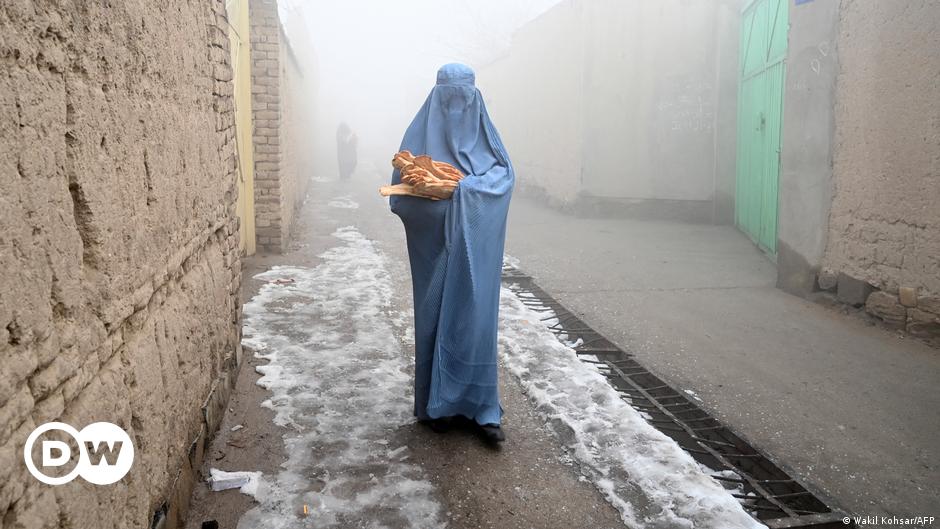
Islamabad, Pakistan:
The change of the climate is impacting whole world. Pakistan is also concern over changing climate as the Shishper Glacier is melting which has come with flood in Hunza in Gilgit-Baltistan region.
The impact of the change in Pakistan is getting dangerous and the country needs to make necessary arrangements and preparedness to deal with any natural calamity with measures to have proper disaster control and reduce the intensity of damage with the help of advanced technologies.
The record-high April temperatures in Pakistan melted glaciers faster than normal, triggering a flash flood last Saturday in a village in the northern region of the country that wiped out part of a key bridge and damaged homes and buildings.
According to reports, several weather stations set record highs for April. Jacobabad hit its warmest daytime temperature at 120 degrees Fahrenheit (49 Celsius) on April 30; the Karachi airport reached its warmest nighttime temperature at 84.9 degrees Fahrenheit (29.4 Celsius), also on April 30, The Washington Post reported.
Footage making rounds on social media showed the large wave of water sweeping away a chunk of the bridge as onlookers ran for safety.
Regarding the collapse of a bridge on the Karakoram Highway, Pakistan Prime Minister asked the officials to prepare an alternative route, according to Dawn.
The glacier flood not only caused harm to the bridge but also submerged houses, hundreds of canals of agricultural land, trees, water supply channels, and two hydropower projects, reported Dawn.
Pakistan has been gripped by extreme heat episodes over the past two months.
Dawn newspaper reported that, in the 2020 report of the Global Climate Risk Index, Pakistan is the fifth most highly vulnerable to global warming and climate change country. Many studies suggested that temperature increase would shift Pakistan’s cropping season and could “potentially permanently eliminate” the viability of growing some crops.
They also indicated that extreme weather events would have serious short and long term adverse effects as they contributed to poverty and malnutrition, food insecurity, stress on water resources, lower nutritional quality of major cereals and livestock productivity, forced migration and boost viral outbreaks in both human and animal population.






